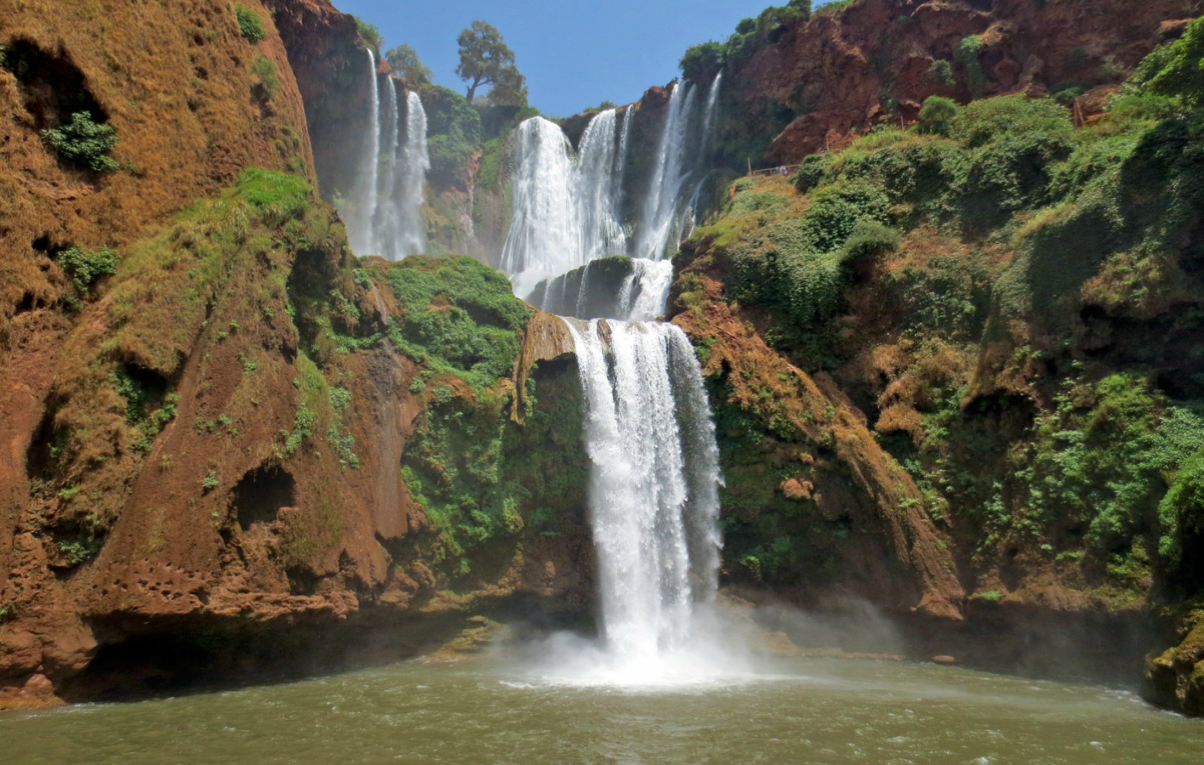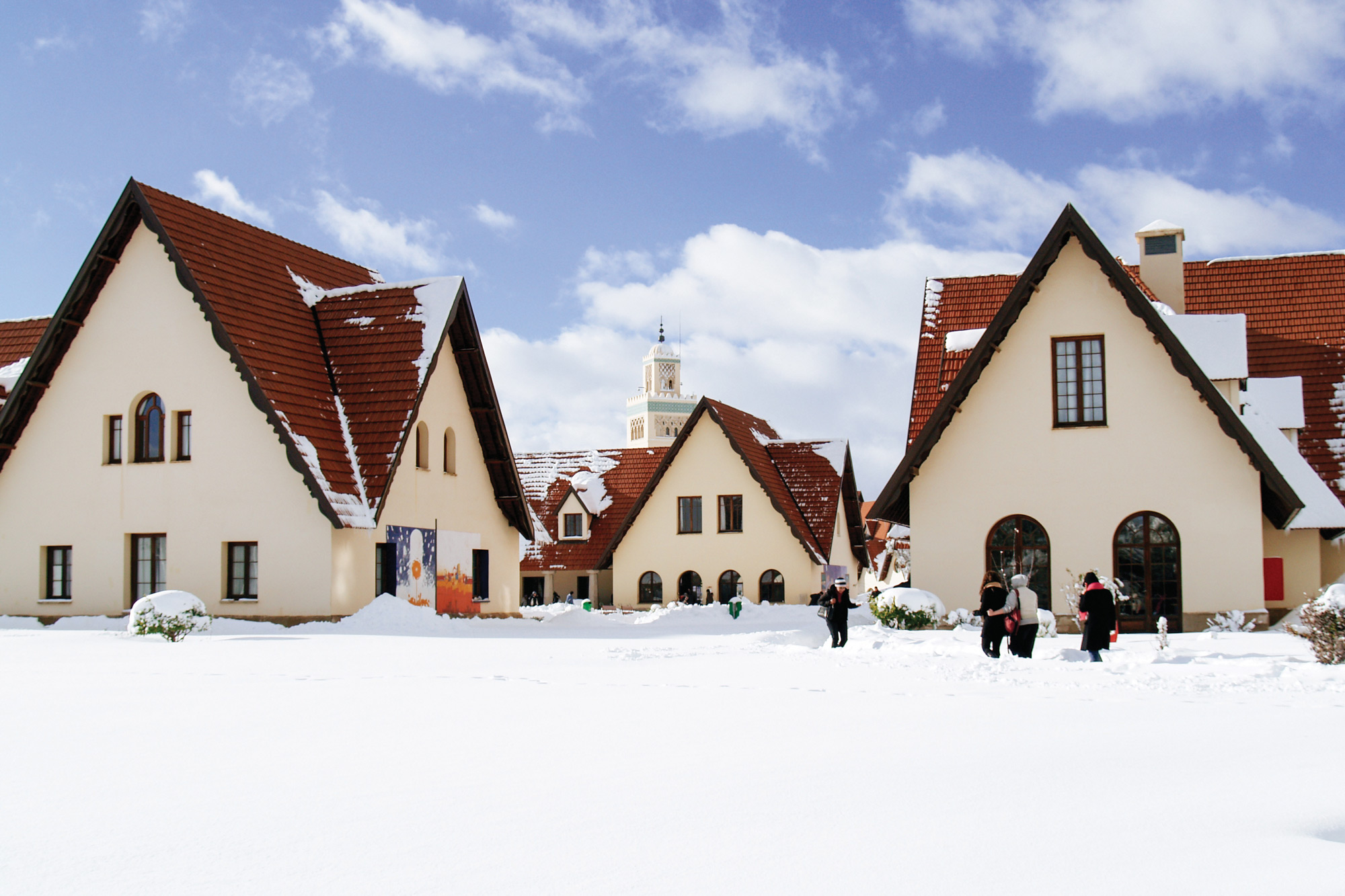
Morocco is a country in North Africa that is rich in culture, history, and diversity. The influence of the Amazigh people, also known as the Berbers, is one of the most fascinating aspects of Moroccan culture. Morocco’s Amazigh have a long history, and their culture can be found in many aspects of Moroccan life, including the country’s imperial cities.
Morocco has four imperial cities: Marrakesh, Fes, Meknes, and Rabat. Each of these cities has its own distinct personality and charm, and they have all been influenced by the Amazigh culture.
Marrakesh, also known as the “Red City,” is one of Morocco’s best-known and most popular imperial cities. It is situated in the Atlas Mountains’ foothills, and is well-known for its lively atmosphere, vibrant markets, and historical landmarks. The Koutoubia Mosque, which was built in the 12th century and is the city’s most iconic structure, is one of Marrakesh’s most notable landmarks. With its ornate minaret and intricate tile work, the mosque is an excellent example of Moroccan architecture.
The Amazigh culture can also be found in the souks of Marrakesh. These markets are brimming with a wide range of products, including traditional Moroccan handicrafts, textiles, and spices. The Amazigh people have long been known for their weaving, dyeing, and jewelry-making skills, which can be seen in the crafts sold in the souks.
Fes is another imperial city rich in Amazigh culture. It is the most ancient of the imperial cities, and it is famous for its beautiful medina, or old city, which is a UNESCO World Heritage site. The medina, with its narrow streets and alleys, is a great place to learn about the city’s history and culture.
The University of Al Quaraouiyine, which was founded in the 9th century and is the world’s oldest university, is one of the most interesting landmarks in Fes. With its intricate tile work and beautiful courtyards, the university is located in the medina and is an excellent example of Moroccan architecture.
Fes is another imperial city rich in Amazigh culture. It is the most ancient of the imperial cities, and it is famous for its beautiful medina, or old city, which is a UNESCO World Heritage site. The medina, with its narrow streets and alleys, is a great place to learn about the city’s history and culture.
The University of Al Quaraouiyine, which was founded in the 9th century and is the world’s oldest university, is one of the most interesting landmarks in Fes. With its intricate tile work and beautiful courtyards, the university is located in the medina and is an excellent example of Moroccan architecture.
Meknes, Morocco’s third imperial city, is known for its beautiful gardens and historical landmarks. The Bab Mansour gate, which was built in the 18th century and is one of Morocco’s most beautiful gates, is one of Meknes’ most notable landmarks. The gate is intricately tiled and an excellent example of Moroccan architecture.
The Amazigh culture can also be found in Meknes’ markets, which are brimming with traditional Moroccan handicrafts and textiles. The Amazigh people have a long history of weaving and dyeing, and these skills can be seen in the market crafts.
Rabat is Morocco’s fourth and final imperial city. It is Morocco’s capital and is known for its beautiful beaches and historical landmarks. The Hassan Tower, built in the 12th century and an excellent example of Moroccan architecture, is one of Rabat’s most notable landmarks. The tower is adorned with intricate tile work and is a city symbol.
Rabat’s markets, which are filled with a variety of goods, including traditional Moroccan handicrafts and textiles, reflect the Amazigh culture. The Amazigh people have a long history of weaving and dyeing, and these skills can be seen in the market crafts.
Moroccan cities are fascinating places to visit and each city has its unique characteristics. The Amazigh touch can be seen in every aspect of the city in terms of architecture and the people themselves.





